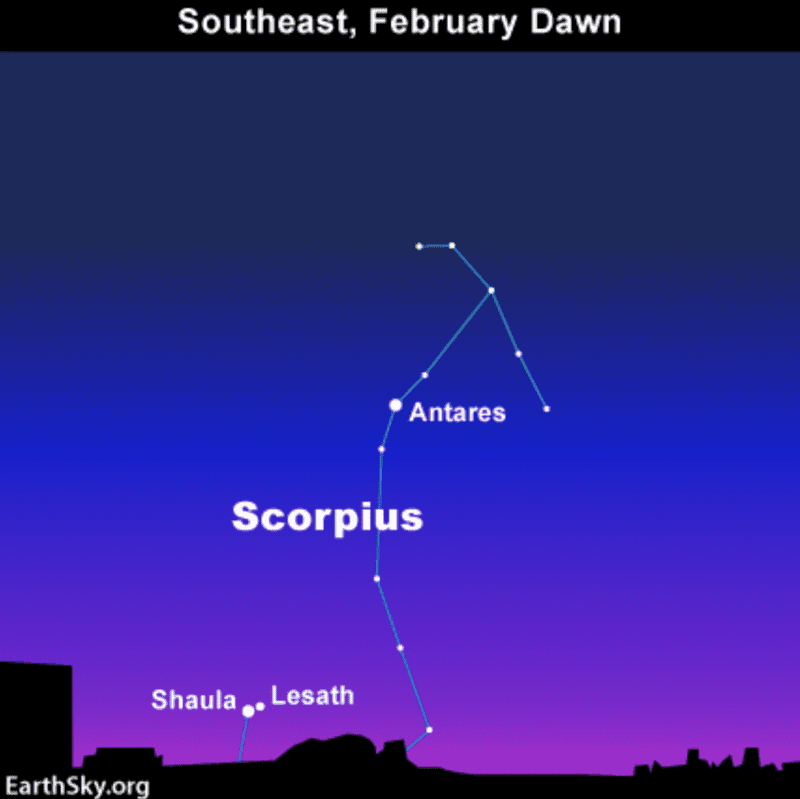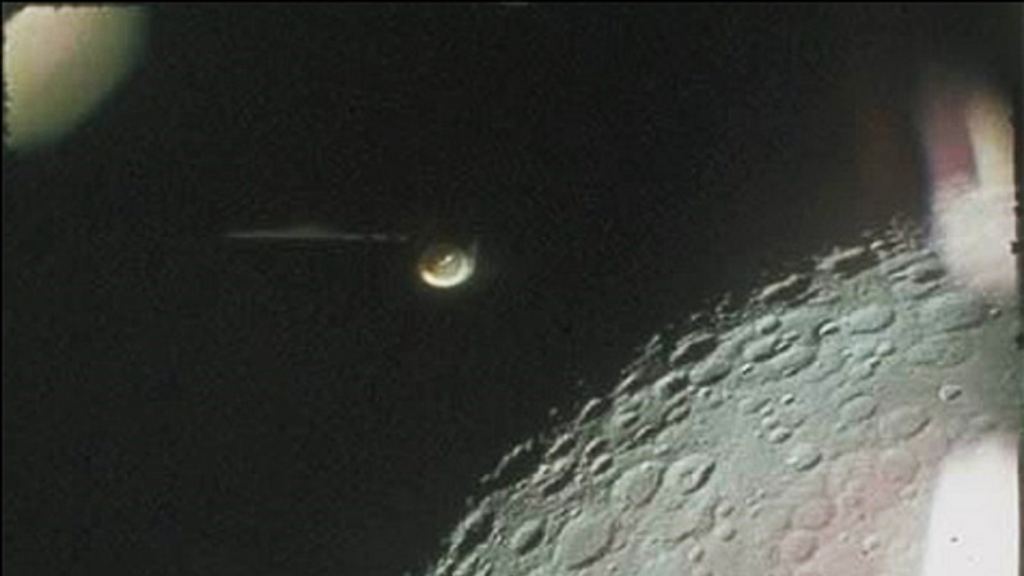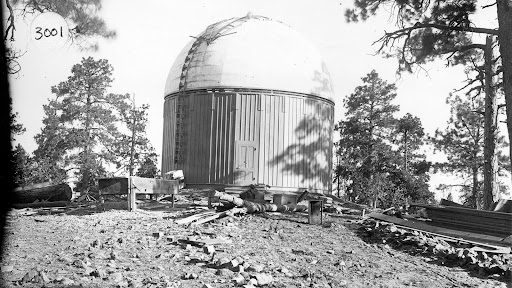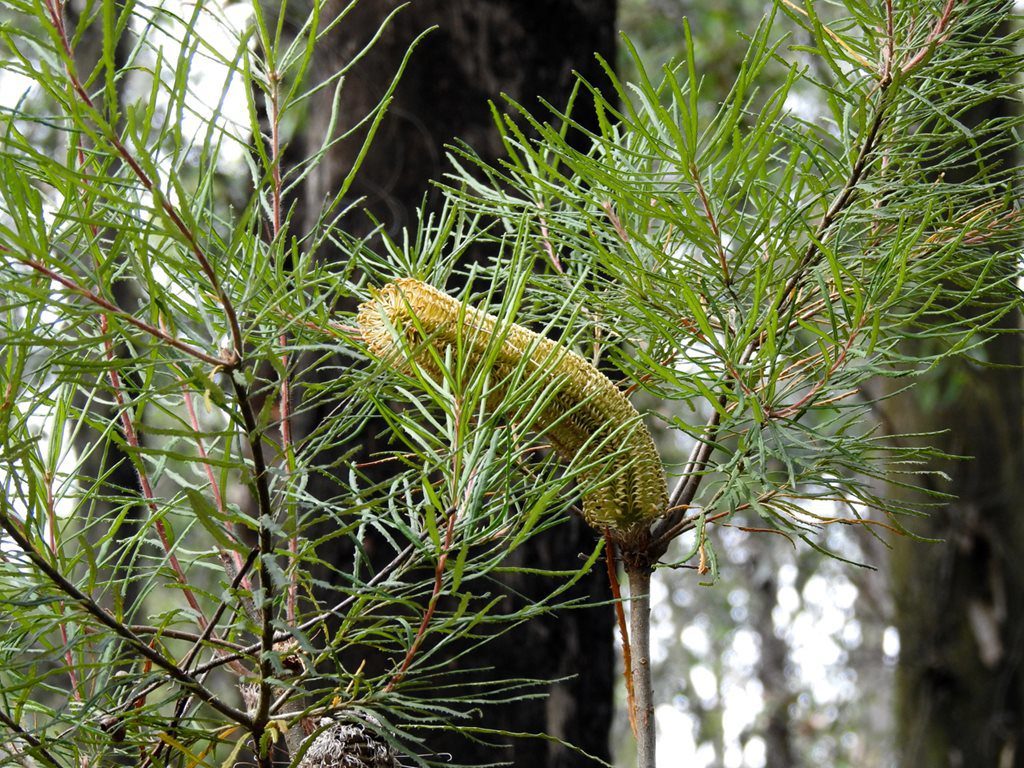Extreme cold is impacting more than 1,000 miles of US
Extreme cold is hitting the U.S. Here’s a person bundled up against the cold. Image via Demeter Attila/ Pexels. Dangerous cold in mid-US on Wednesday As of late Tuesday night and early Wednesday morning, Extreme Cold Warnings stretched over 1,300 miles (2,100 km) of the continental United States, from North Dakota, down through south Central … Read more









